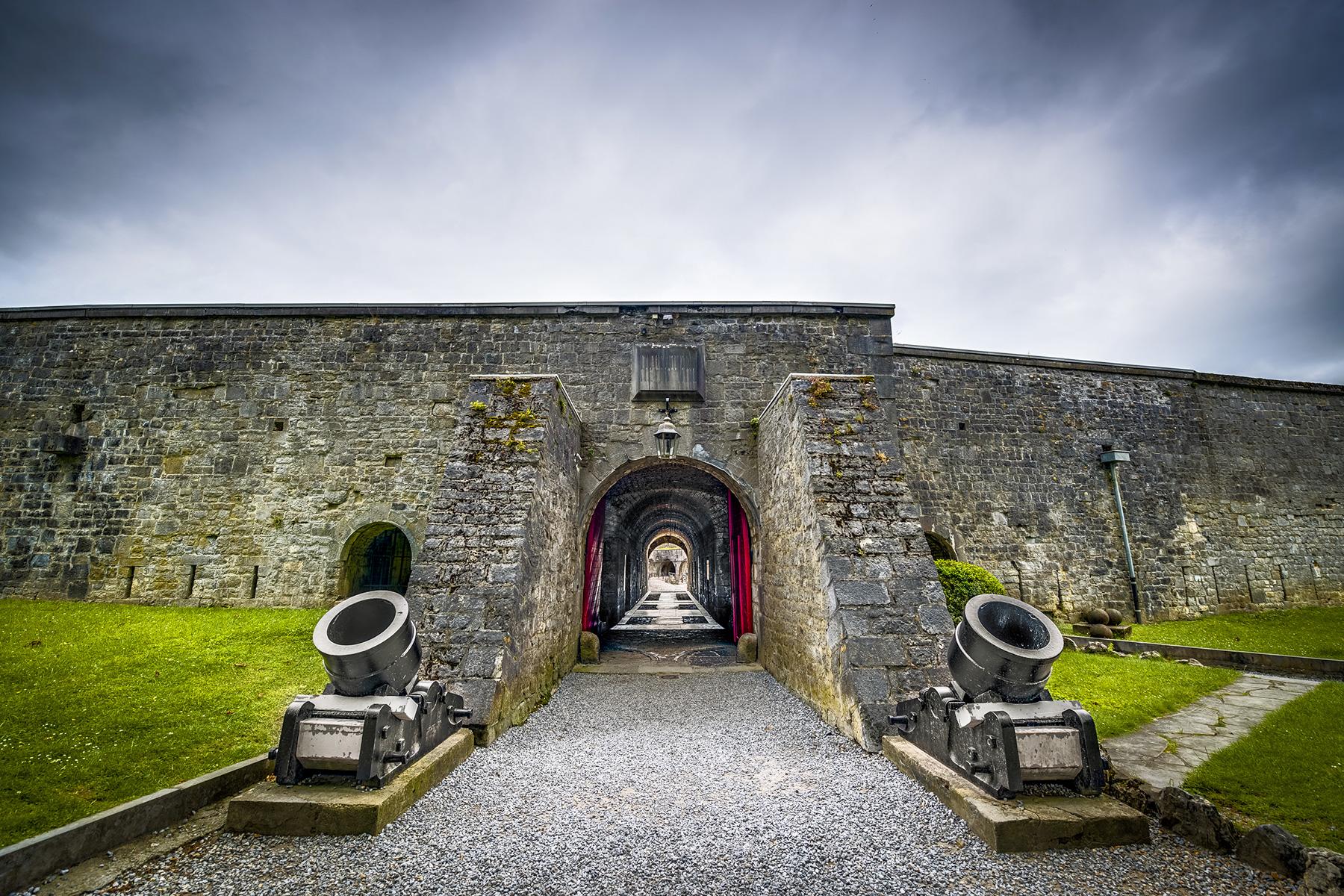2018 will mark the close of four years of centennial events honoring the soldiers and civilians who perished during World War I, making this an ideal time to tour the battlefields, cemeteries, and museums dedicated to honoring their sacrifice.
As you make your way between these European WWI sites, you’ll pass through picturesque towns and lovely, peaceful countryside in both Belgium and northern France—once, quite unbelievably now, the scene of warfare that would scar a continent and its people for generations.
Comments are Closed.
0
Comments





